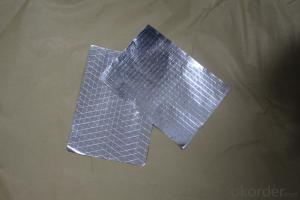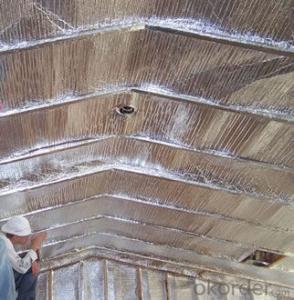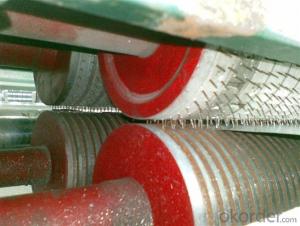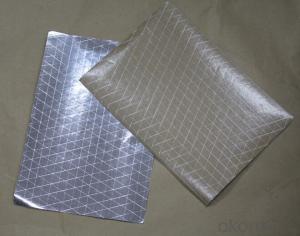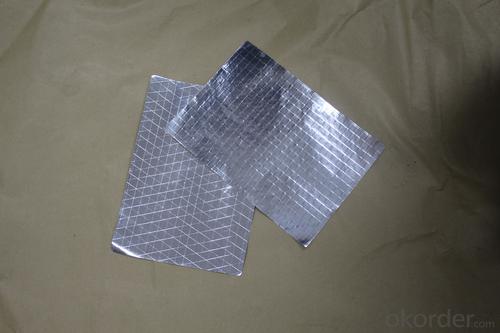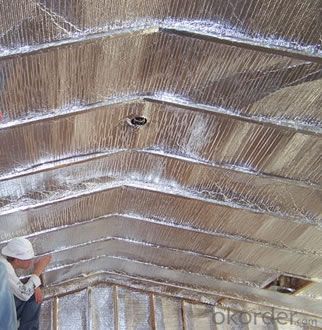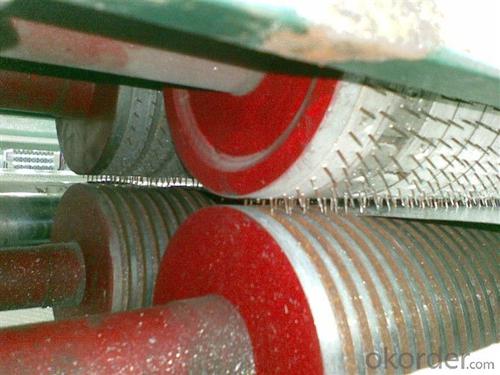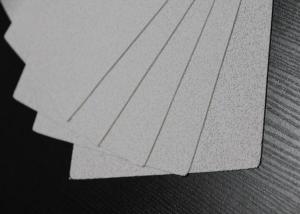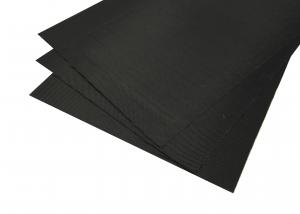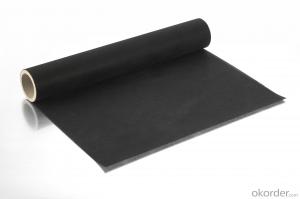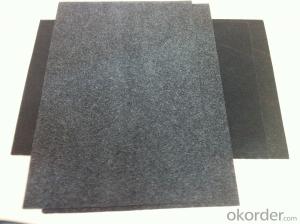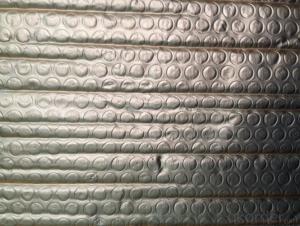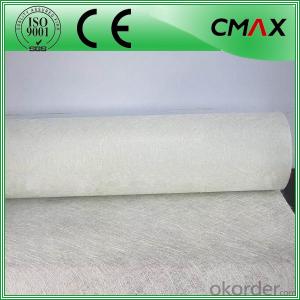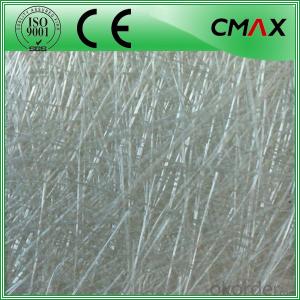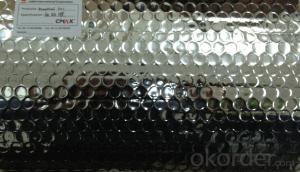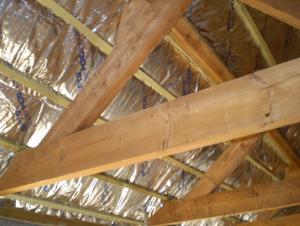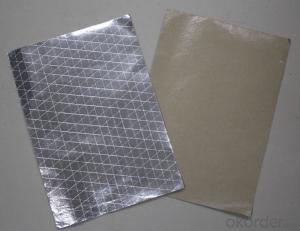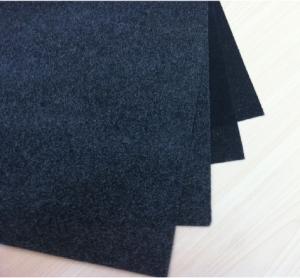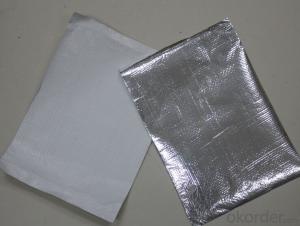Fiberglass Facing Flexible Ducts Bubble Film Glasswool
- Loading Port:
- China Main Port
- Payment Terms:
- TT OR LC
- Min Order Qty:
- -
- Supply Capability:
- -
OKorder Service Pledge
OKorder Financial Service
You Might Also Like
Application:
1,Building Thermal Insulation Material
(1),Roof,Underlay,Under Concrete & floor Insulation;
(2),Attic,Crawl Space,Stud Wall ,Metal Frame Building Insulation.
2,Wrapping
(1),Protective coatings of ventilating pipe,HVAC Duct & Pipe;
(2),Shells of air conditioner and water heater.
Feature:
1), Waterproof, heavy duty, clean, light, flexible, non-absorbent surface
2), Fire resistant & antiglare
3), Recyclable, environmentally friendly
4), Effective in extreme temperatures both hot and cold
5), Easily install, cut, stapled, nailed or glued into place
6), Safe to handle with no special clothing or breathing Equipment
Feature:
1), Waterproof, heavy duty, clean, light, flexible, non-absorbent surface
2), Fire resistant & antiglare
3), Recyclable, environmentally friendly
4), Effective in extreme temperatures both hot and cold
5), Easily install, cut, stapled, nailed or glued into place
6), Safe to handle with no special clothing or breathing Equipment
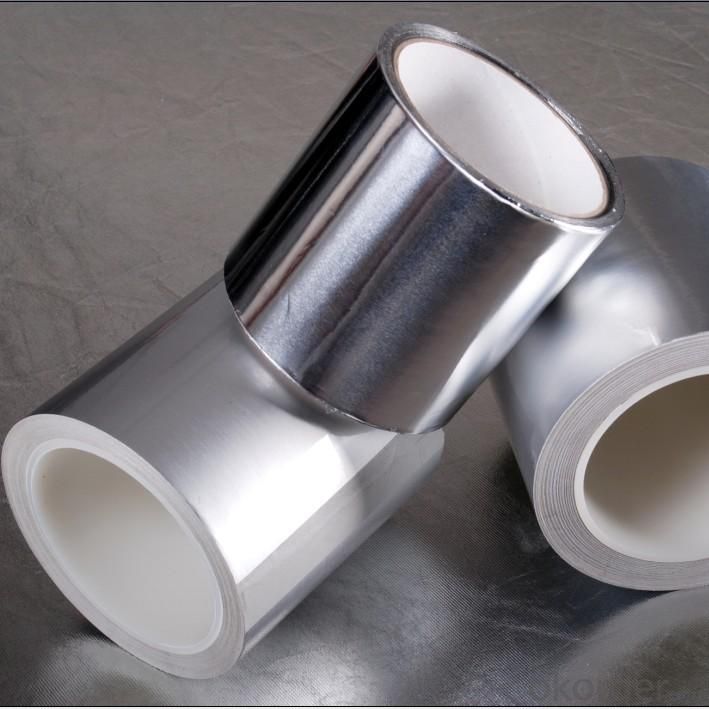
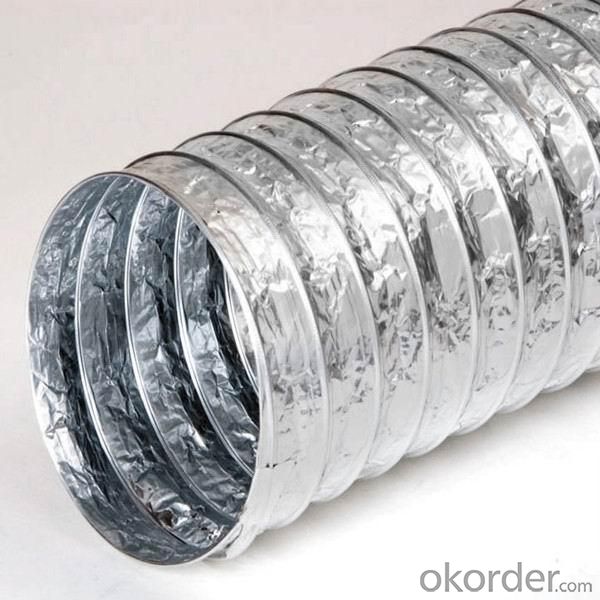
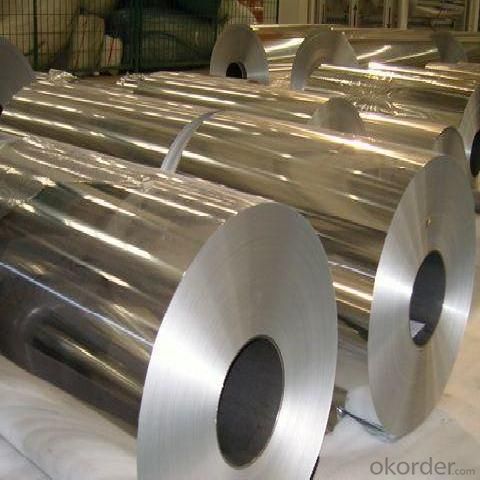
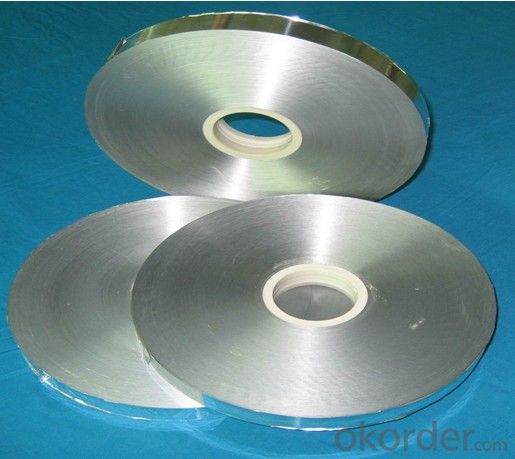
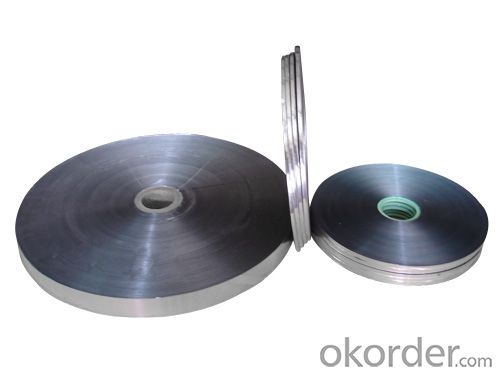
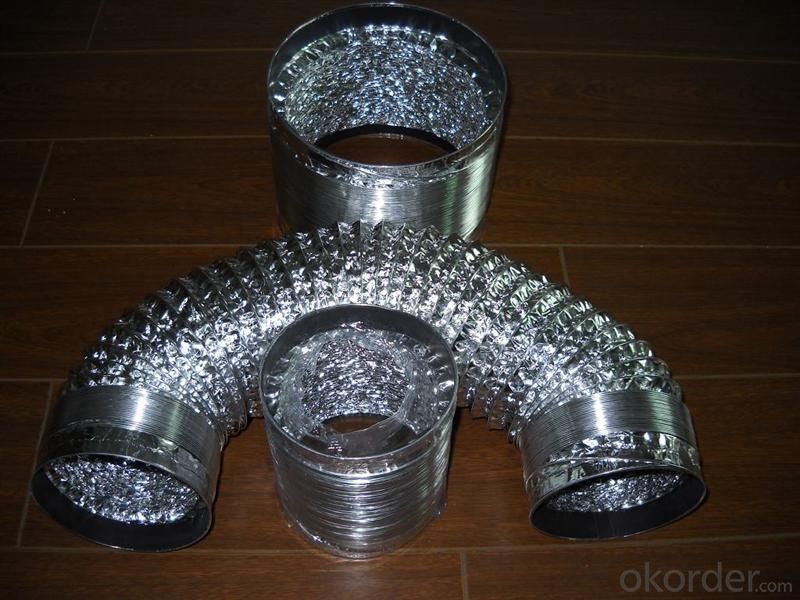
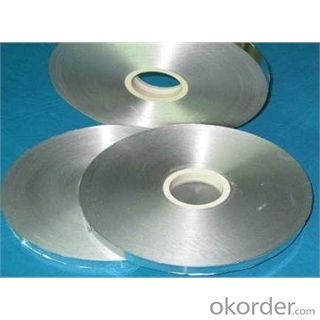
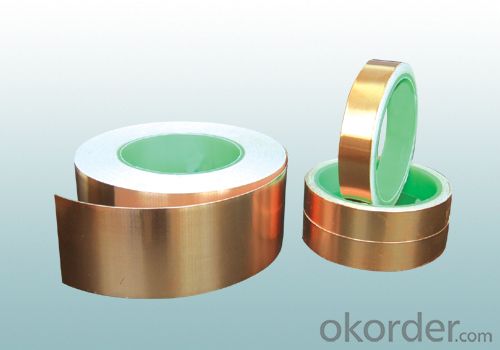
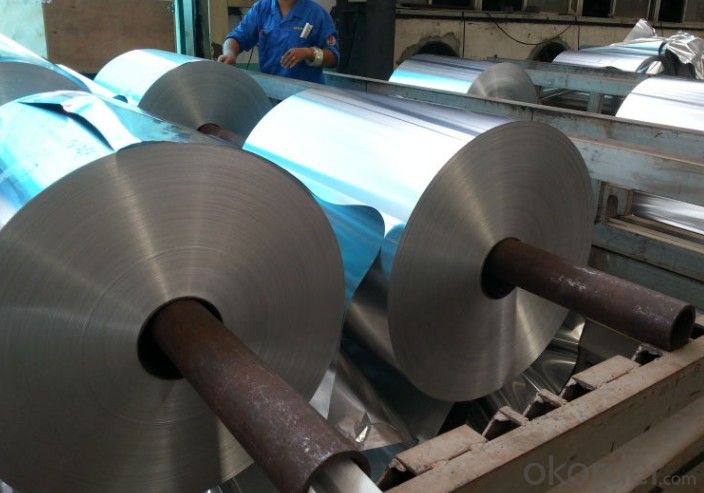
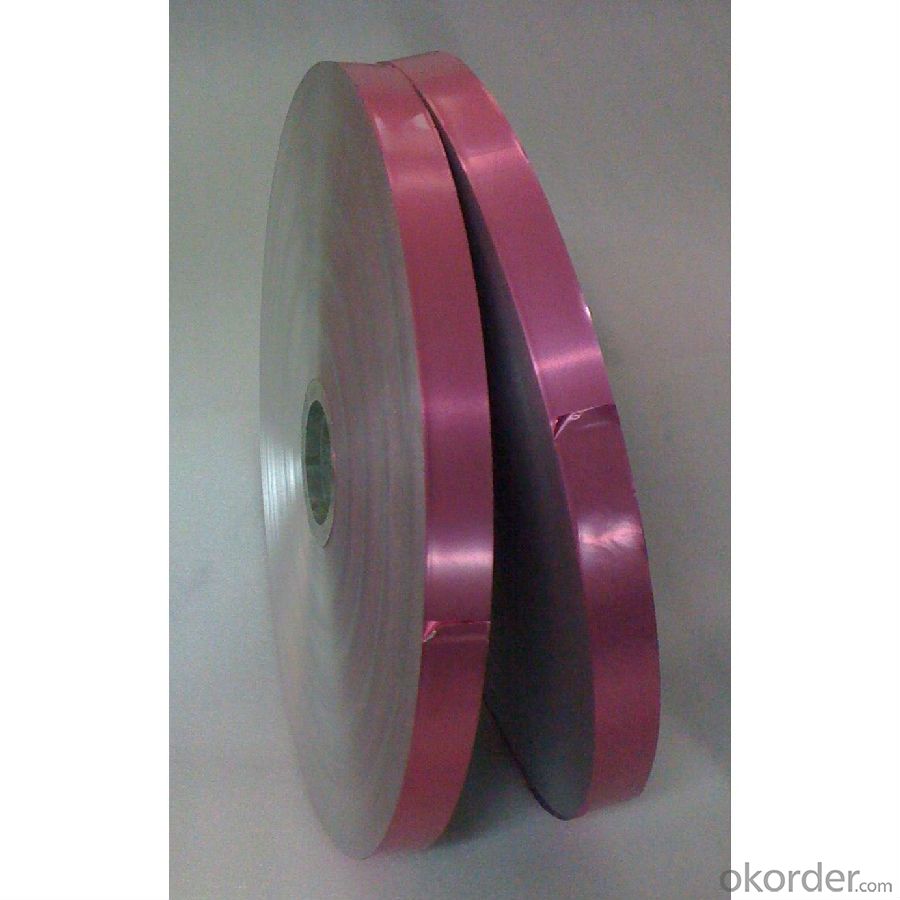
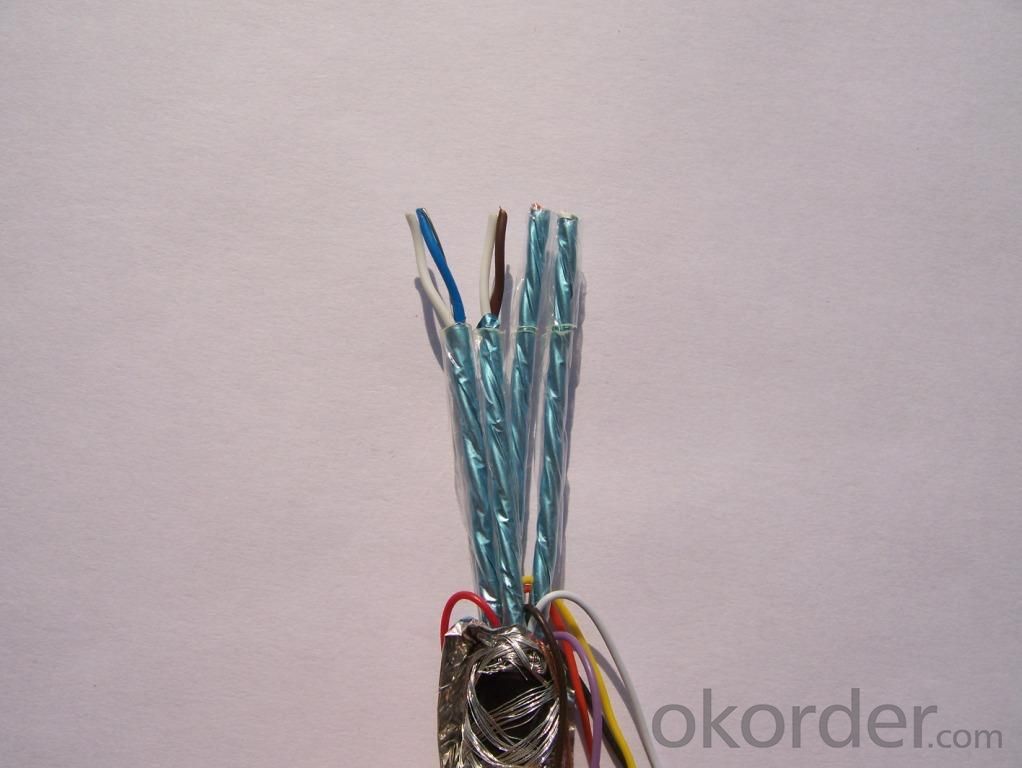
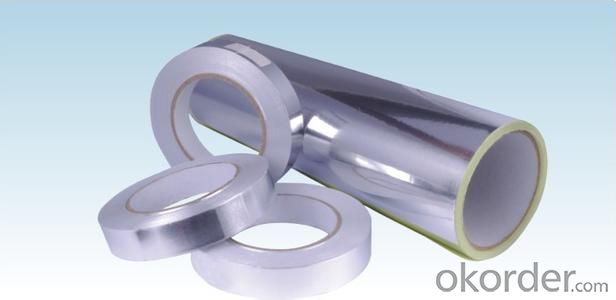
- Q: Is it possible to utilize recycled black fiberglass tissue for a future project?
- <p>Yes, you can use recycled black fiberglass tissue in your next project, provided it meets the quality and safety standards required for your specific application. Recycled fiberglass can be a sustainable and cost-effective alternative to new materials. Ensure that the recycled material has been properly processed to remove any contaminants and is free from degradation that could compromise its structural integrity. Always check with the supplier or manufacturer for any specific guidelines or certifications regarding the use of recycled materials in your project to ensure compliance with industry standards and safety regulations.</p>
- Q: This question asks for methods to determine the cleanliness of black fiberglass tissues post-usage.
- <p>To determine if your black fiberglass tissues are clean or dirty after use, check for visible signs of dirt, dust, or residue. Clean tissues should appear free from any visible contaminants. If there's any doubt, it's best to assume they are dirty. Additionally, consider the context in which they were used; if they were in contact with a dirty or contaminated environment, they are likely dirty. Regular cleaning and inspection are crucial to maintain hygiene and functionality.</p>
- Q: What are the similarities and differences between white and black fiberglass tissue?
- <p>White and black fiberglass tissues are similar in that they are both made from glass fibers combined with a resin. They share properties such as strength, durability, and resistance to various environmental factors. However, the primary difference lies in their appearance, with white fiberglass tissue being lighter in color and often used for aesthetic purposes or in applications where a lighter color is preferred. Black fiberglass tissue is typically used in applications where color is not a concern or where a darker color is beneficial, such as in some industrial settings. The choice between white and black fiberglass tissue often depends on the specific requirements of the project or product being manufactured.</p>
- Q: The user is asking if they can repurpose lint from their dryer to create homemade black fiberglass tissues.
- <p>No, you cannot use dryer lint to make black fiberglass tissues. Dryer lint is composed of fibers from clothing and other materials, which are not the same as the glass fibers used in fiberglass production. Fiberglass is made from fine filaments of glass that are combined with a resin to form a composite material. It requires specific manufacturing processes and materials that are not present in dryer lint. Using dryer lint for this purpose would not yield the desired strength, durability, or properties of fiberglass tissues.</p>
- Q: Is it possible to utilize black fiberglass tissue within the interior of a car?
- <p>Yes, black fiberglass tissue can be used in car interiors. It is known for its strength, durability, and lightweight properties, making it suitable for various interior applications such as decorative panels, structural components, and even certain types of trim. However, it's important to ensure that the material meets safety standards and is properly treated for any potential health concerns related to fiber exposure.</p>
- Q: What is the minimum thickness that black fiberglass tissue must adhere to?
- <p>There isn't a universally mandated minimum thickness for black fiberglass tissue. However, the thickness can vary based on the specific application and industry standards. Typically, fiberglass tissues are available in various thicknesses ranging from very thin (e.g., 0.013 inches) to thicker options. The choice of thickness depends on the strength, durability, and insulation requirements of the project. It's essential to consult the manufacturer's specifications or industry guidelines for the appropriate thickness for your specific use case.</p>
- Q: This question asks for the ability of black fiberglass tissue to resist moisture.
- <p>Black fiberglass tissue is known for its excellent moisture resistance. It is designed to repel water and prevent moisture absorption, which makes it ideal for applications where water or humidity is a concern. The moisture resistance of black fiberglass tissue is primarily due to its chemical composition and the manufacturing process that incorporates a resin system which creates a barrier against water penetration. This characteristic is crucial in industries such as construction, automotive, and aerospace where materials need to perform well in damp or wet environments without degrading.</p>
- Q: Is it possible to recycle black fiberglass tissue without utilizing any special tools or techniques?
- <p>Recycling black fiberglass tissue without special equipment or methods is challenging. Fiberglass, especially when colored, can be difficult to recycle due to the presence of resins and pigments that complicate the recycling process. Traditional methods often involve shredding and separation, which require specific machinery. Moreover, the black color can make it less desirable for recycling as it's harder to incorporate into new products. While some recycling facilities may accept fiberglass, it's essential to check with local recycling centers for their specific guidelines and capabilities.</p>
- Q: Is it possible to use black fiberglass tissue as a material for creating a bedspread or blanket?
- <p>While it is technically possible to use black fiberglass tissue to create a bedspread or blanket, it is not recommended. Fiberglass is a type of plastic material known for its strength and insulation properties, but it is not designed for comfort or direct contact with the skin. It can be rough and may cause skin irritation. Traditional bedding materials like cotton, wool, or synthetic fibers are softer, more comfortable, and better suited for use in bedspreads and blankets.</p>
- Q: This question asks for methods to determine the cleanliness and dryness of black fiberglass tissue.
- <p>To check if your black fiberglass tissue is clean and dry, visually inspect it for any visible dirt, dust, or debris. Clean tissue should appear free of any foreign particles. To ensure it's dry, you can gently touch the surface; it should feel dry to the touch without any dampness. Additionally, you can use a moisture meter to check for any residual moisture. If the tissue is used in a construction or repair context, it's also important to ensure that no adhesive residue or chemicals remain on the surface that could affect the quality of your work.</p>
Send your message to us
Fiberglass Facing Flexible Ducts Bubble Film Glasswool
- Loading Port:
- China Main Port
- Payment Terms:
- TT OR LC
- Min Order Qty:
- -
- Supply Capability:
- -
OKorder Service Pledge
OKorder Financial Service
Similar products
Hot products
Hot Searches
Related keywords
